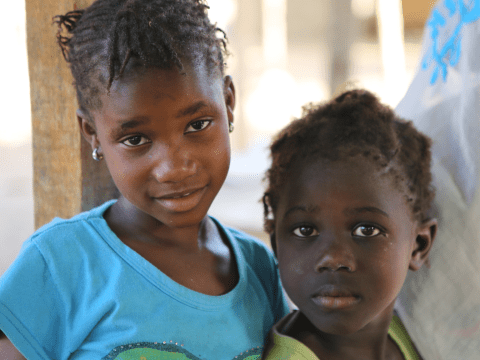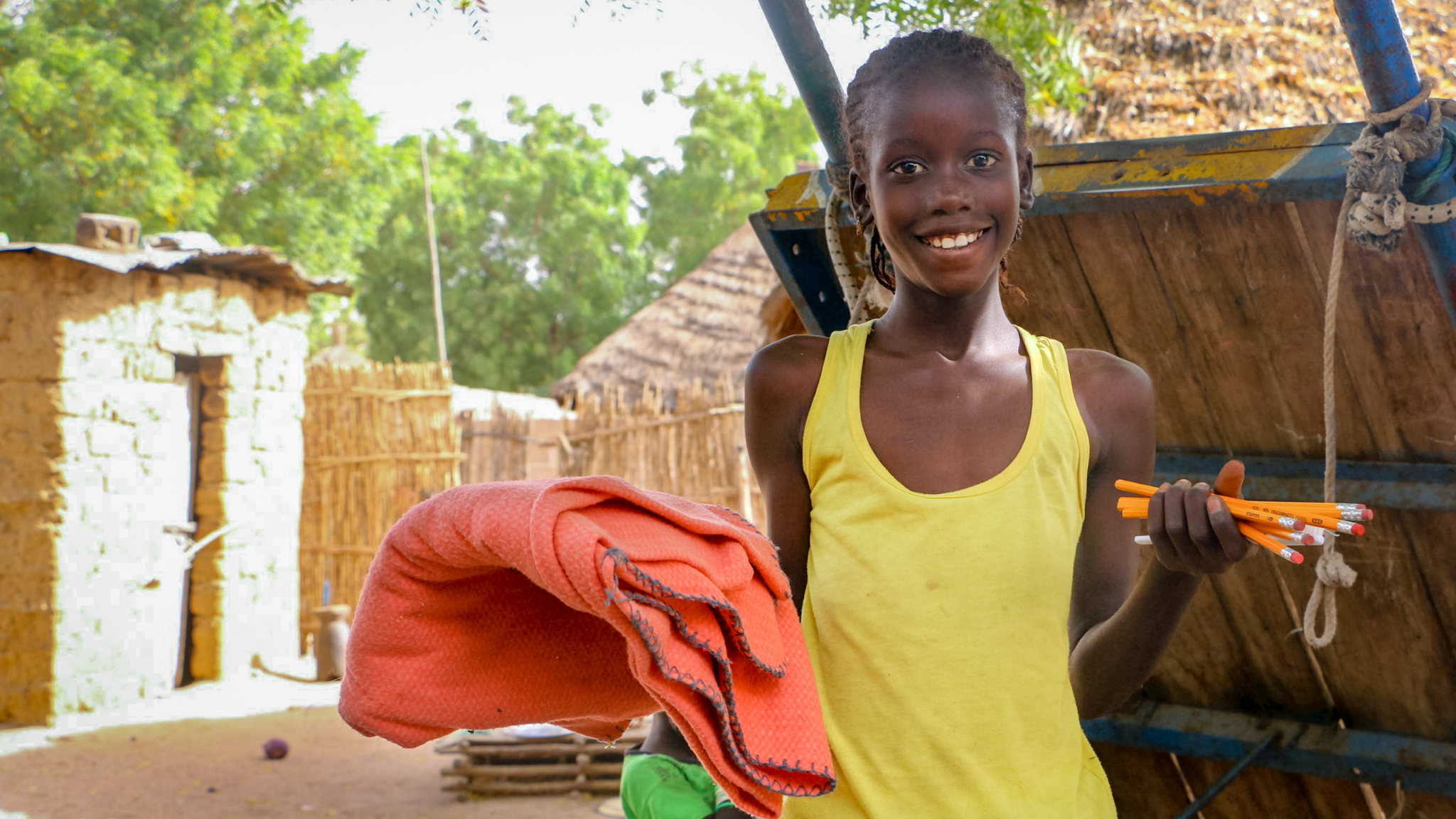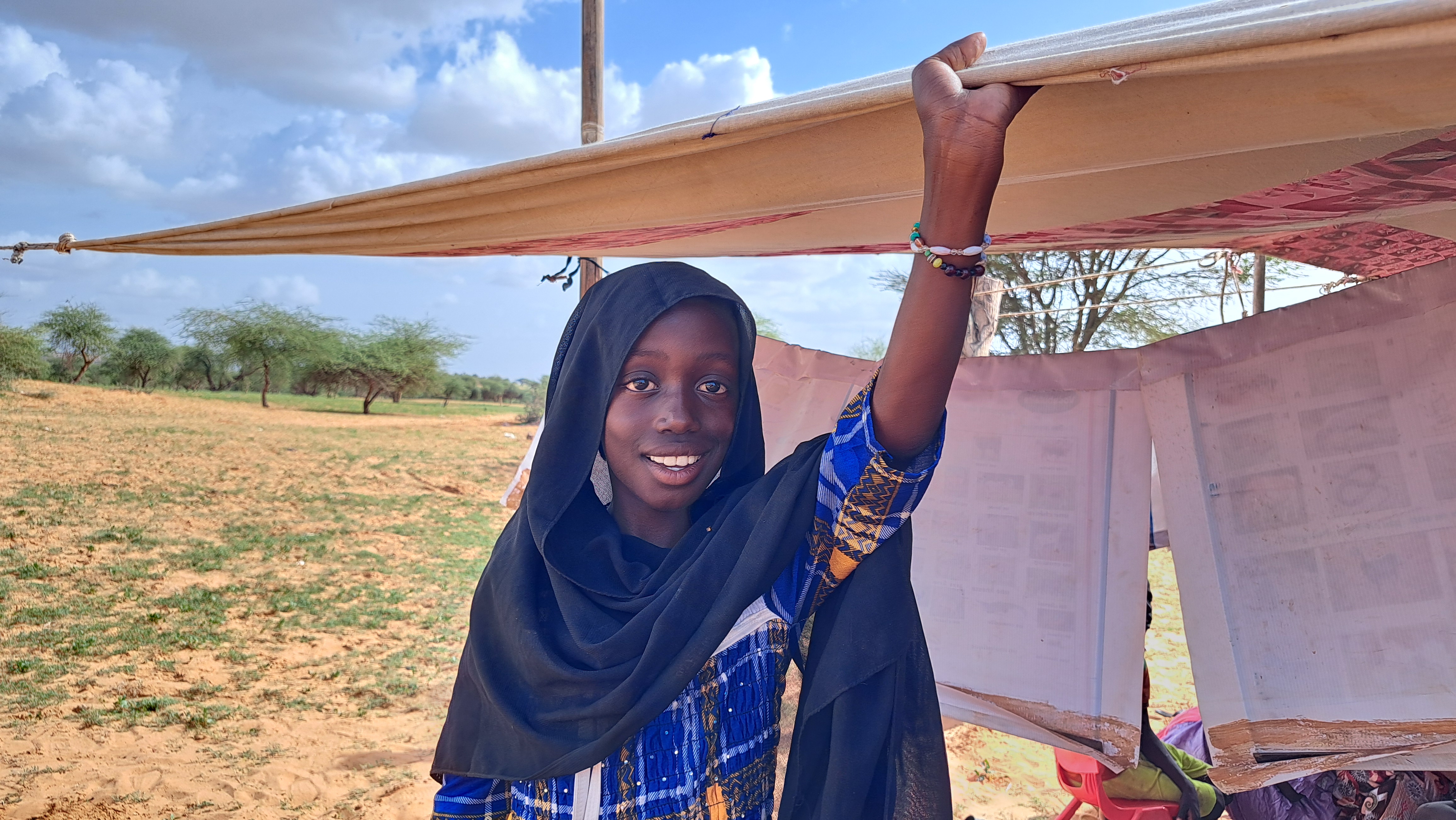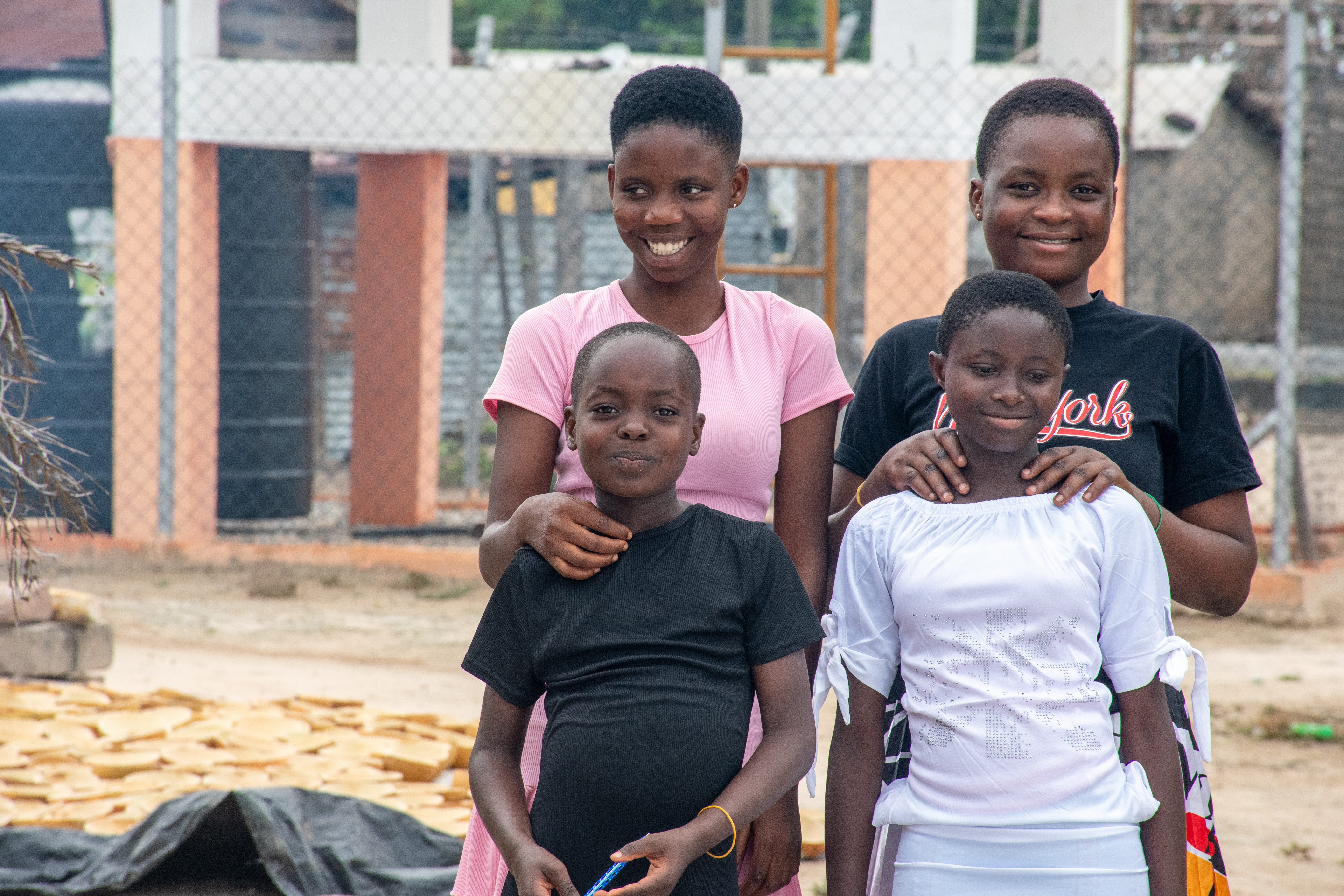5 Key Facts: World Vision West Africa’s Fight Against Gender-Based Violence

Nearly one in three women has experienced physical and/or sexual violence at least once in her life, according to UN Women. The annual international campaign ‘16 Days of Activism against Gender-based Violence against Women and Girls’ kicks off on 25 November, the International Day for the Elimination of Violence against Women, and ends on 10 December, Human Rights Day. To mark the campaign, World Vision's regional specialist for Gender Equality and Social Inclusion, Child Protection and Safeguarding, Imeilda Simo Happe, spoke to us about gender-based violence.
1. What is gender-based violence?
Gender-based violence (GBV) is any harmful act perpetrated against a person because of their gender. There are gender norms that require men, women or certain social groups to function in a certain way or to assume roles that are more or less in line with society's expectations. Non-compliance or behaviour that does not conform to these expectations may be rewarded or sanctioned, depending on how these actions are interpreted or perceived. Negative actions are met with disapproval, which may be verbal or non-verbal, visible or invisible. Everyone is affected. Anyone can be a victim or survivor of gender-based violence, consciously or unconsciously. GBV can occur between people of the same gender, i.e. between men and women.

2. What are the most common forms of GBV in West Africa?
In the region, we generally find forms of violence such as rape, sexual assault, forced marriage, physical assault, denial of resources, services and opportunities, and psychological or emotional violence. In West Africa, we work with a tool used by many international organisations to classify gender-based violence. It is called the Gender Based Violence Information Management System (GBVIMS). Psychological violence is one of the least visible but most devastating forms of gender-based violence. It causes great trauma to survivors, including physical and/or psychological damage and injury, depression and even death.
3. How does World Vision work with other actors to address gender-based violence in the sub-region at regional and local levels?
As part of its strategic focus, World Vision International is not currently involved in the direct management of GBV cases. Instead, our organisation works closely with actors and partners who have a recognised expertise in GBV response. We are more involved in the referral of identified cases. In addition, as part of its child protection mission, World Vision West Africa works to raise awareness and advocate with governments, communities and local authorities on specific issues, including GBV. At the regional level, World Vision is part of working groups with partners working in this area to reflect on joint action and find solutions. In addition, at the country level, awareness raising is carried out with young people, livelihood and child protection programmes and interventions are developed to address this violence. Recently, as part of the Joining Forces coalition of organisations of which it is a member, World Vision worked on the issue of FGM in The Gambia. In 2023, World Vision's Gender and Social Inclusion programmes in the West and Central Africa sub-region were able to educate communities on the concepts of gender equality and other groups facing intersectionality factors (people living with a disability or other specificities, particularly related to religion, ethnicity, age difference, etc.) by engaging more than 390,000 community members in behaviour change communication activities on gender equality issues.

4. What are the problems encountered in the fight against gender-based violence in West Africa?
One of the most common problems we encounter is the taboo nature of GBV. This means that people tend not to report such violence, but we are raising awareness of these realities. We work to ensure that people understand that we use a survivor-centred approach that respects the guiding principles of GBV: respect for survivors' choices, confidentiality, non-discrimination and safety. Internally, World Vision also provides staff with documents and processes such as the internal child protection and safeguarding policy, codes of conduct and protocols, as well as feedback channels and mechanisms to enable all potential survivors to report cases of protection and/or GBV.
5 What are the prospects for World Vision in West Africa?
World Vision works to build a world where all children have the same rights, the same value, the same opportunities and, above all, the opportunity to live life to the full. By transforming the power relations and systems at the root of inequality and exclusion, World Vision in West Africa has focused in recent years on improving the quality of gender mainstreaming interventions. The coming years will be marked by new strategic axes to better achieve our core goal of gender transformation. These will be guided by gender analyses of the communities in which we work and our various offices in the region.
